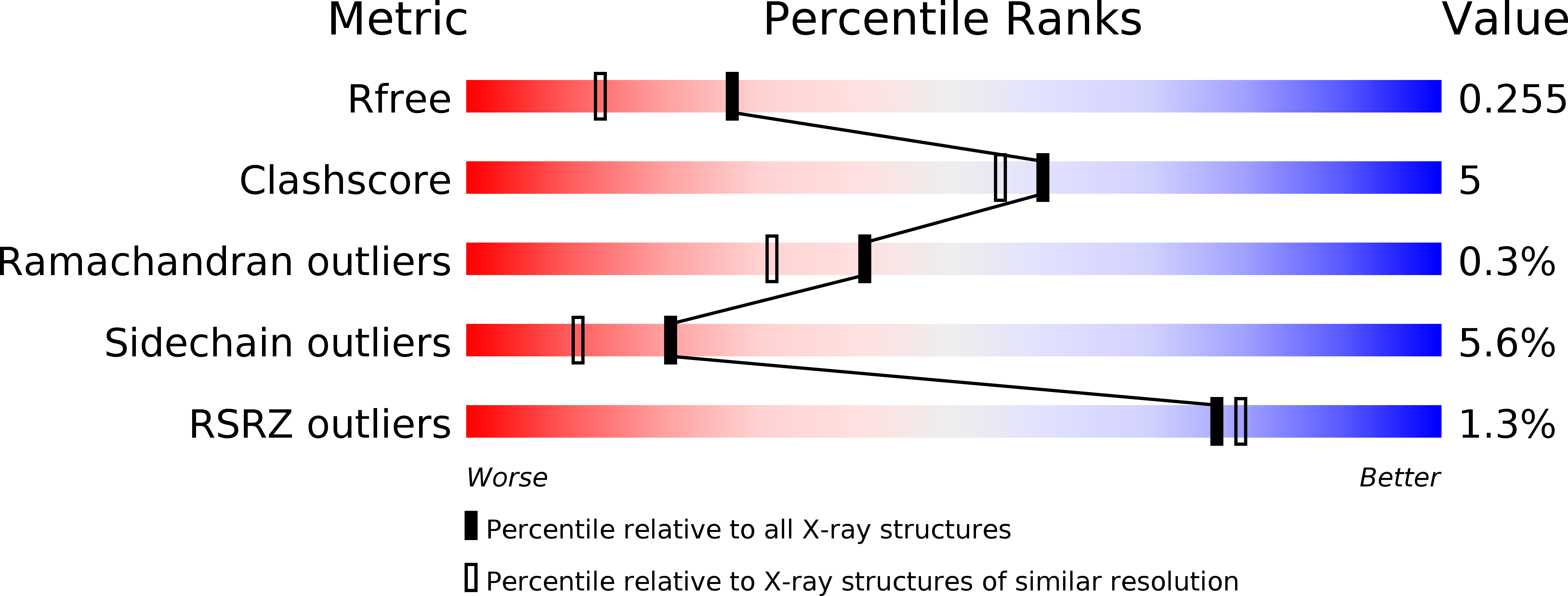
Deposition Date
2014-12-01
Release Date
2015-09-16
Last Version Date
2024-03-20
Entry Detail
PDB ID:
4X3N
Keywords:
Title:
Crystal structure of 34 kDa F-actin bundling protein from Dictyostelium discoideum
Biological Source:
Source Organism:
Dictyostelium discoideum (Taxon ID: 44689)
Host Organism:
Method Details:
Experimental Method:
Resolution:
1.89 Å
R-Value Free:
0.25
R-Value Work:
0.20
R-Value Observed:
0.20
Space Group:
P 21 21 21


